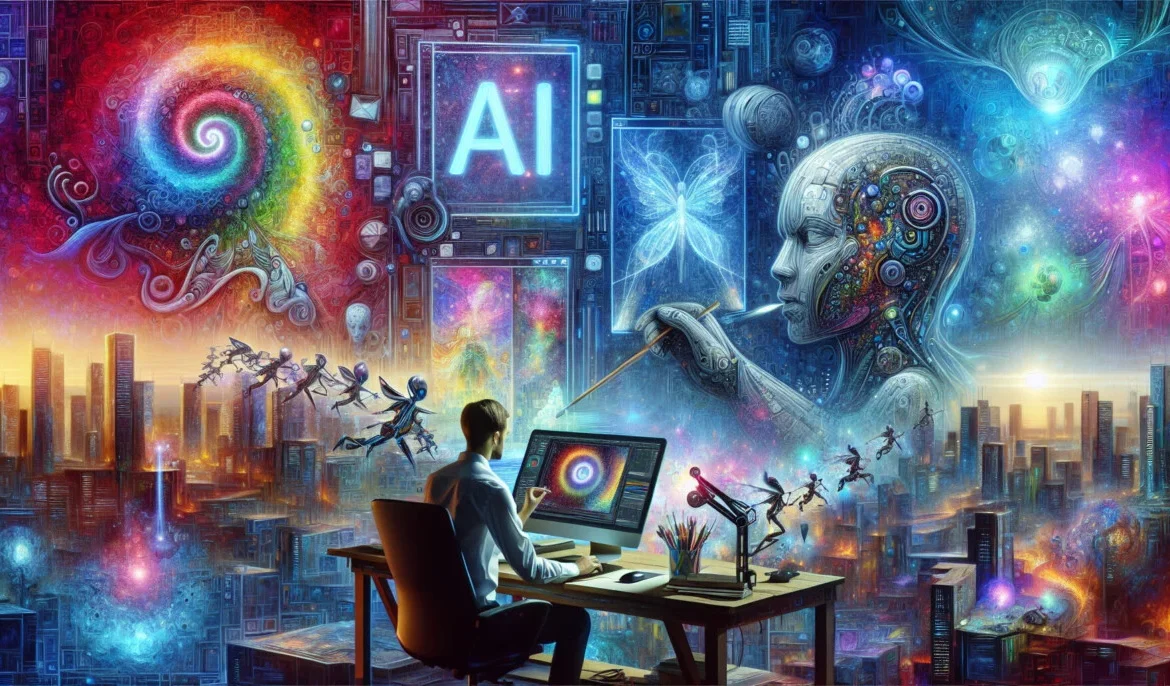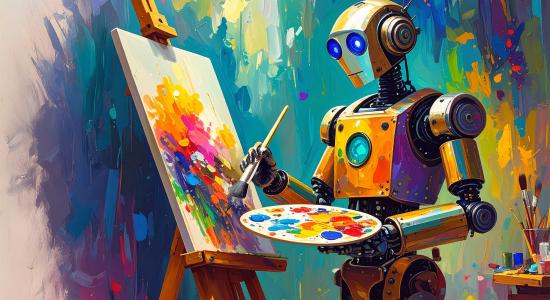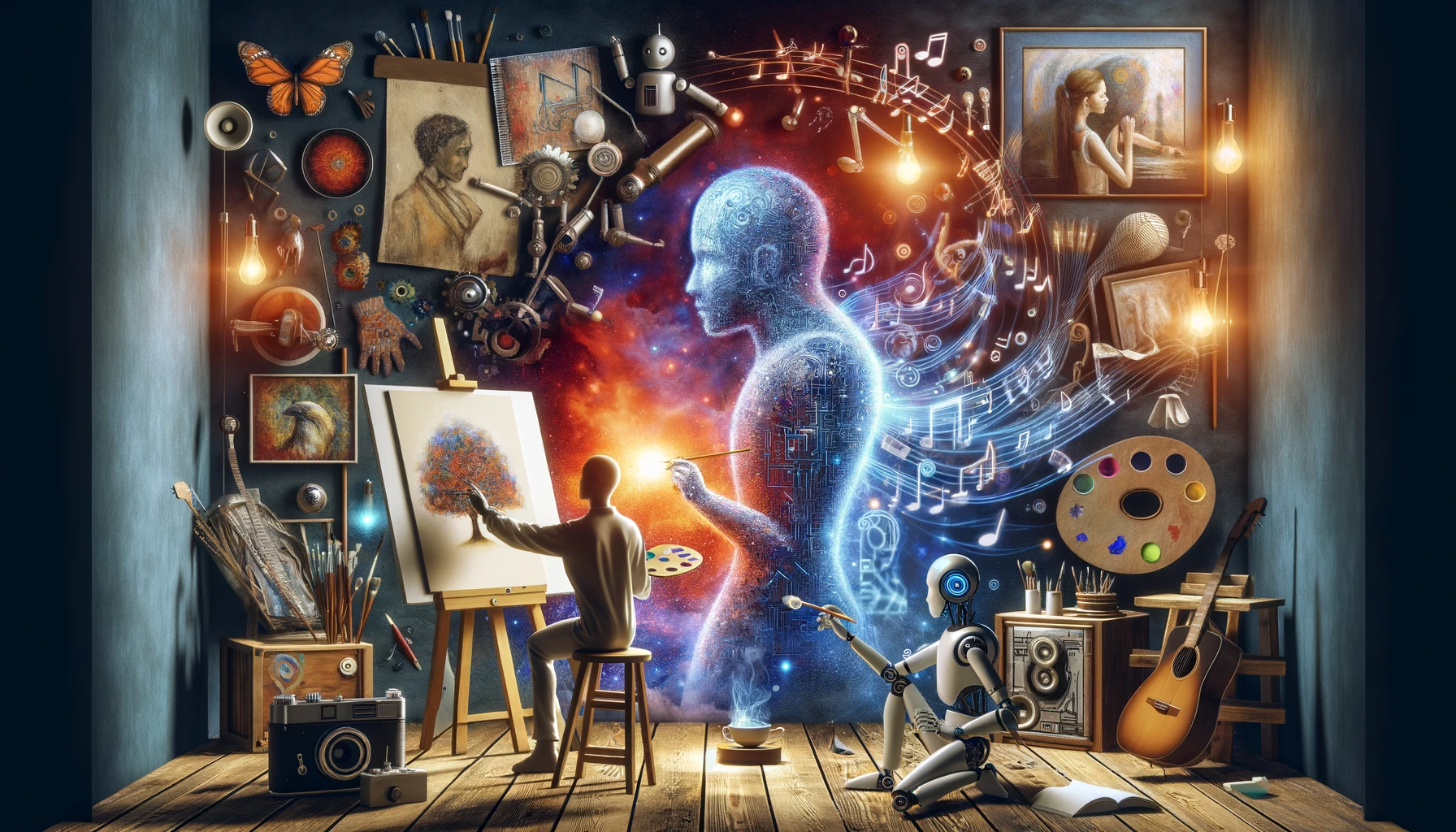Artificial Intelligence (AI) is transforming the art landscape by offering artists, designers, and creators innovative tools to explore new forms of expression. Understanding how to effectively use AI in art can unlock unique creative opportunities and redefine traditional artistic boundaries.
How Can AI Be Used in Art?
AI in art involves using algorithms, deep learning, and machine learning models to generate, enhance, analyze, or collaborate on artwork. Artists can now incorporate AI as both a creative partner and a powerful instrument to push the limits of imagination.
Key Ways to Use AI in Art
AI-Generated Artwork
AI-powered tools like DALL·E, Midjourney, and DeepDream can automatically generate visual art based on text prompts or existing images. These platforms allow artists to experiment with endless variations, styles, and forms, helping them visualize concepts quickly and effectively.
Style Transfer
Artists can use AI to apply the styles of famous painters or unique aesthetics to their own work through style transfer algorithms. This technique allows creators to blend different artistic influences and develop hybrid visual languages.
Creative Collaboration
AI can serve as a collaborative partner by generating drafts, suggesting compositions, or even co-authoring pieces. Artists can direct AI to explore possibilities they may not have considered, creating a more dynamic and interactive creative process.
Restoration and Preservation
AI is widely used to restore damaged artworks by filling in missing parts or enhancing faded images. It can also analyze large art collections to assist museums and galleries in cataloging and preserving cultural heritage.
Interactive and Generative Art
Artists can design AI-driven installations that respond to viewer inputs, creating evolving, interactive art experiences. Generative art powered by AI can continuously produce new pieces in real-time, offering audiences an ever-changing creative display.
Art Analysis and Curation
AI algorithms can analyze visual patterns, styles, and historical trends to help curators discover connections between artworks, predict emerging styles, or even recommend pieces for exhibitions.
Considerations When Using AI in Art
While AI opens up incredible possibilities, it’s essential to use it thoughtfully:
- Respect for Original Works: Ensure the data and artworks used for training AI are not infringing on copyrights.
- Ethical Collaboration: Be transparent about the role AI plays in the creation process.
- Maintaining Human Creativity: Use AI to enhance, not replace, the artist’s personal vision and emotional input.
Conclusion
AI offers exciting, transformative tools that can expand the horizons of artistic creation. From generating visual content to enabling interactive experiences, AI is reshaping how art is made and experienced. However, responsible use—balanced with creativity, ethics, and respect for originality—is key to ensuring that AI remains a valuable partner in the evolving world of art.







Leave feedback about this